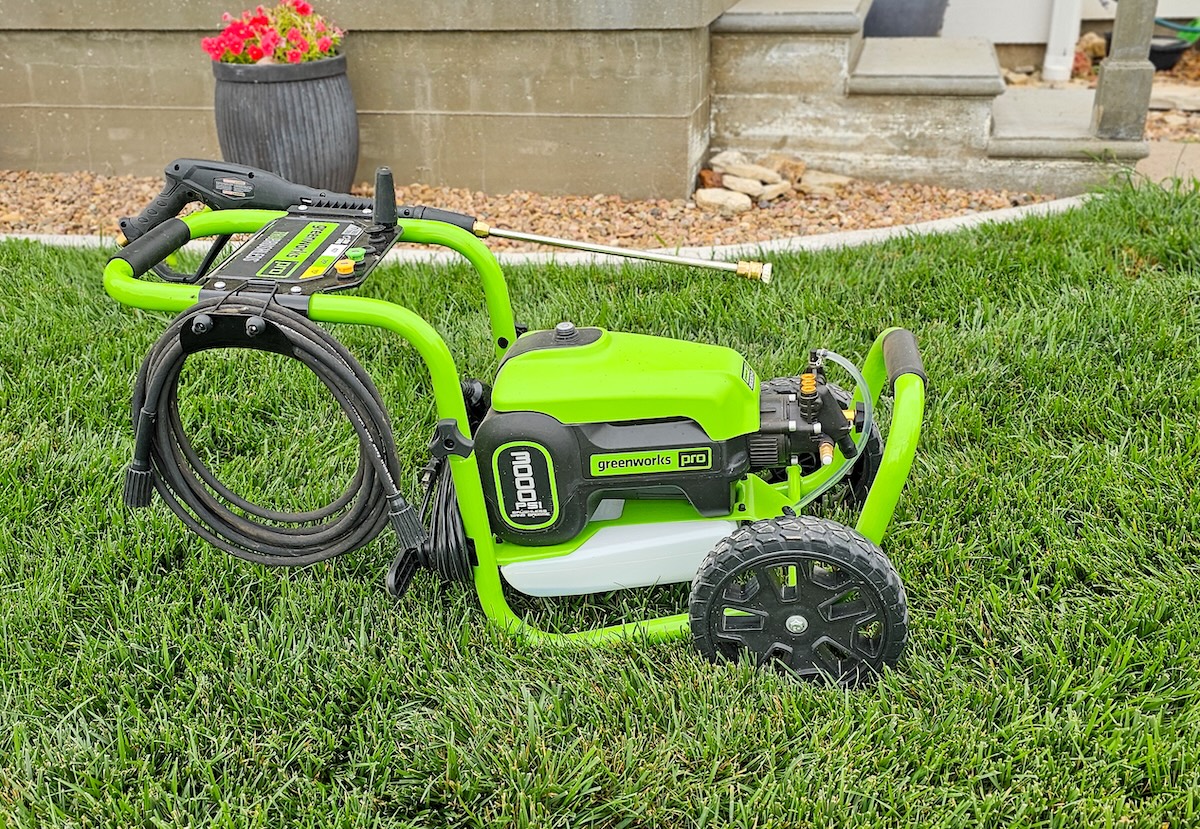

We may earn revenue from the products available on this page and participate in affiliate programs. Learn More ›
Home Advice You Can Trust
Tips, tricks & ideas for a better home and yard, delivered to your inbox daily.
The supreme cleaning power of a pressure washer makes the tool an essential to many homeowners, but, just like all tools with great power, there is great responsibility in how it is used. A pressure washer can speed up a long list of household chores, but if not used correctly, it can cause much damage to siding, windows, cars, plants, and so much more.
Before heading outside to take your new tool for a spin, brush up on the basics of using a pressure washer and read on to know how to avoid the most common mistakes that people make when using it.
Using Too Much Pressure
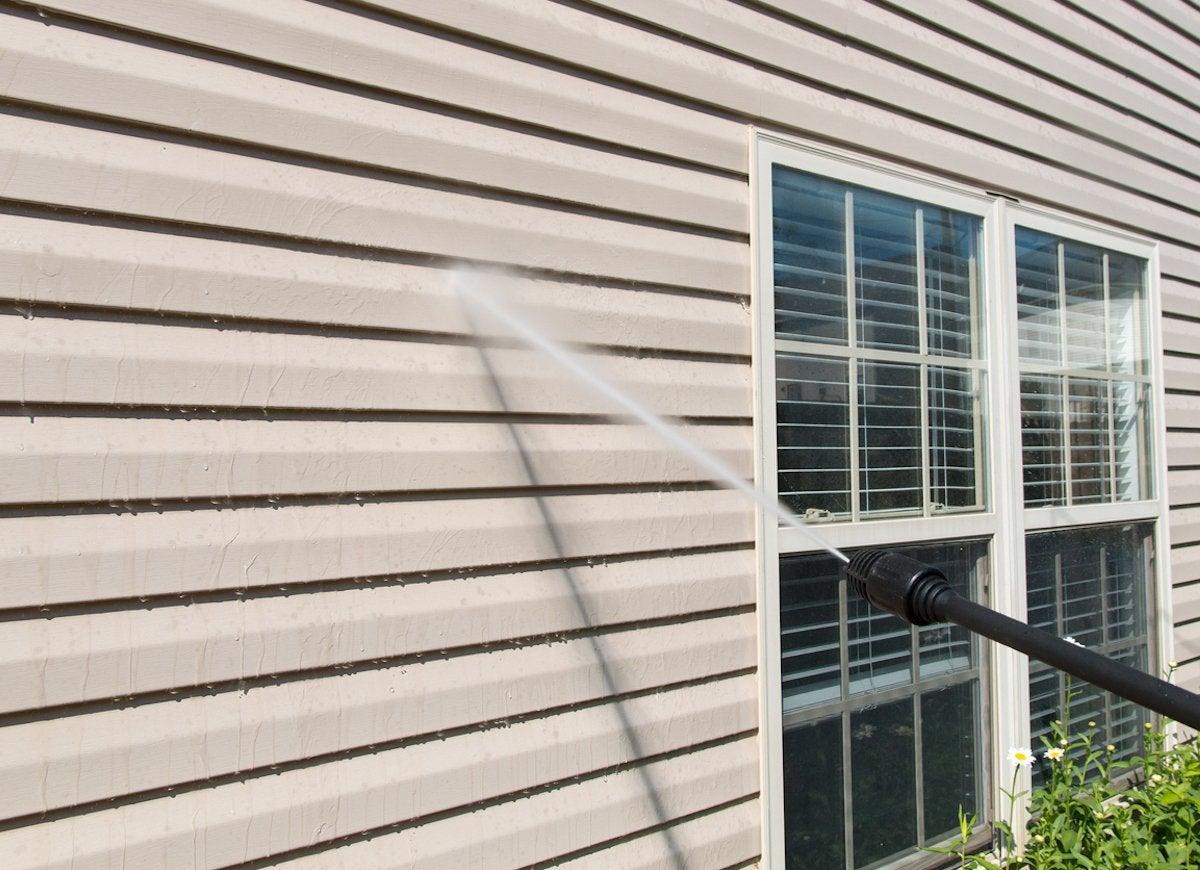
Photo: iStock
If you use too much pressure while power washing, you could punch a hole in vinyl siding, etch concrete, or splinter wood. Avoid damage by starting on the lowest setting, slowly adjusting the pressure on the power washer, and making sure there’s sufficient distance between you and the surface you’re cleaning.
Using Only Water
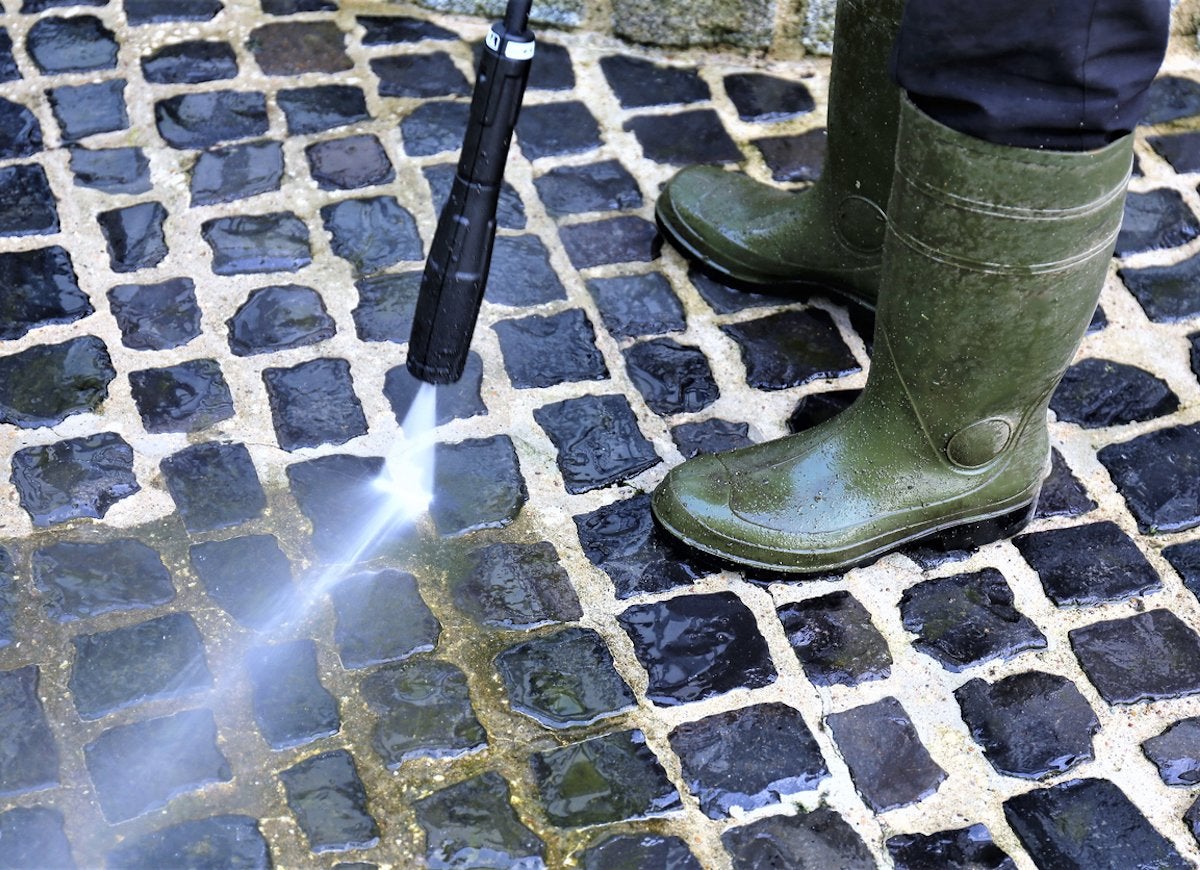
Photo: iStock
Almost all power-washing jobs require the help of a detergent or chemical cleanser. Begin your exterior cleaning project by spraying the area with an appropriate, environmentally safe detergent that can break up dirt and kill mold. Apply according to the product’s instructions, letting it sit if necessary before washing it off.
Not Protecting Landscaping
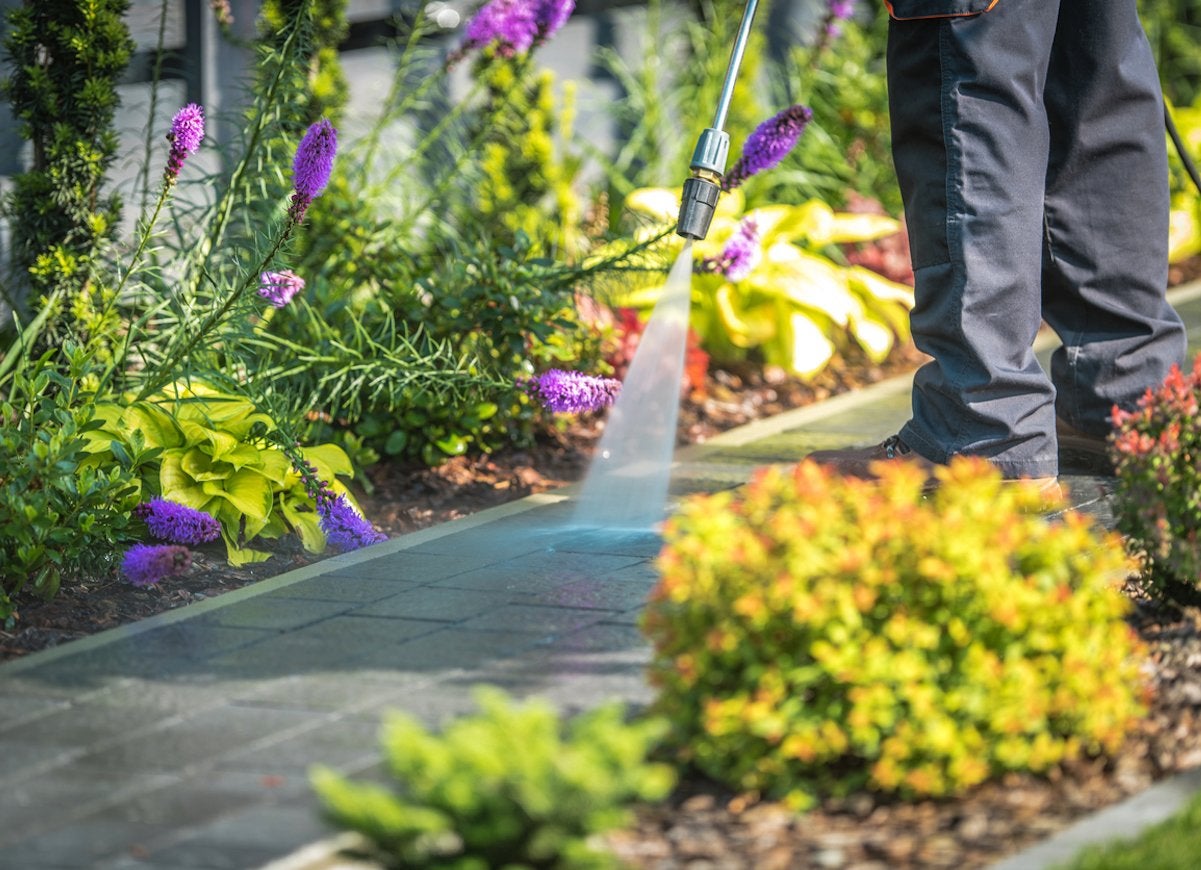
Photo: iStock
Before you start power washing, thoroughly wet down adjacent plantings with a garden hose. This will help ensure that the cleanser you use won’t dry on foliage and leave burn marks. If your project takes longer and the plants start to dry off, you may need to water them again. Depending on the chemicals you’re using, however, you may instead want to protect the plantings with a tarp.
Power-Washing Painted Surfaces
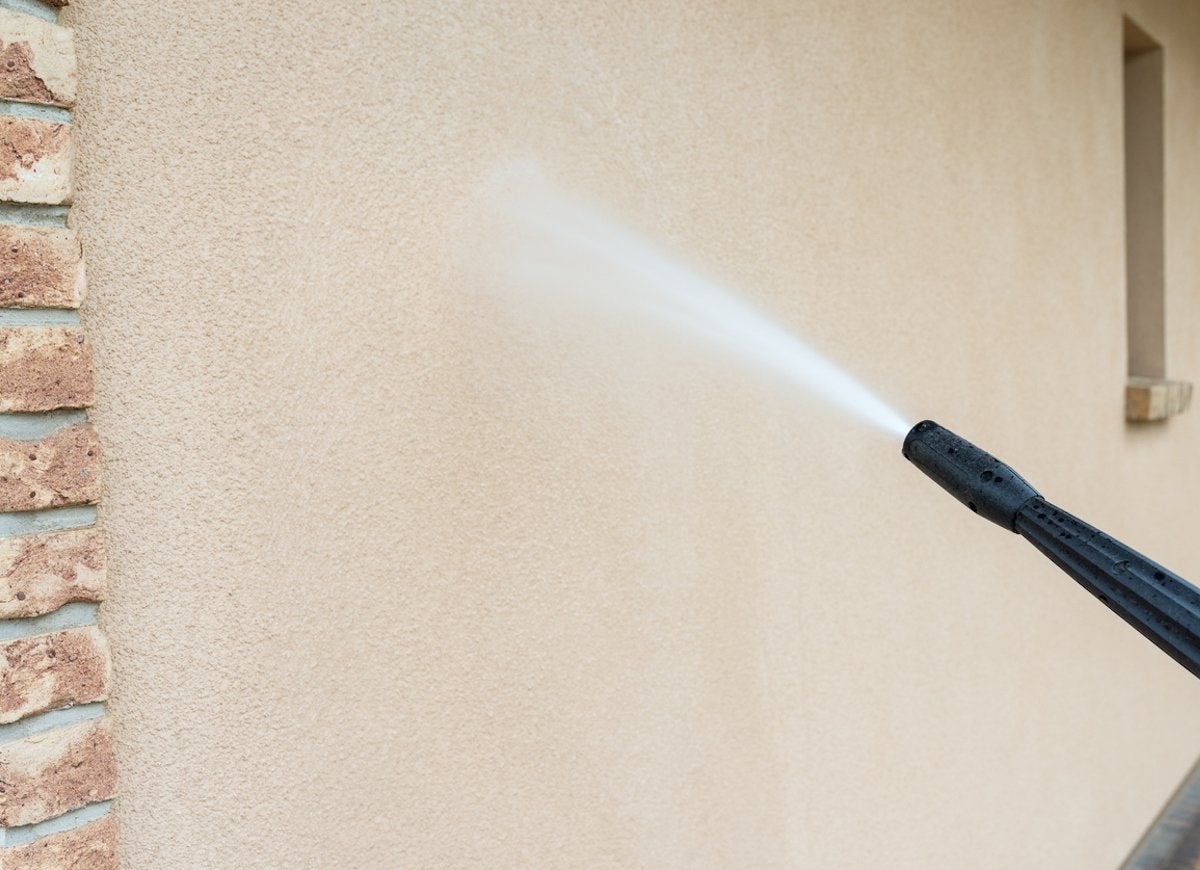
Photo: iStock
Some painted surfaces might not stand up to even a gentle power washing, especially if they are old or have been exposed to sunlight for long periods. Avoid using a power washer on anything that is painted or stained (that is, if you want it to remain painted or stained), any fiber cement siding, old mortar, and gutters.
Power-Washing Mold-Prone Surfaces

Photo: iStock
While a power washer combined with a cleaning solution can be effective at removing mold and mildew, some surfaces like drywall or fabric may not be able to thoroughly dry out before developing mold, and as a result should not be power washed. It’s important that any item or material you power wash is able to dry completely to avoid accidentally causing mold to grow.
Washing in the Wrong Sequence
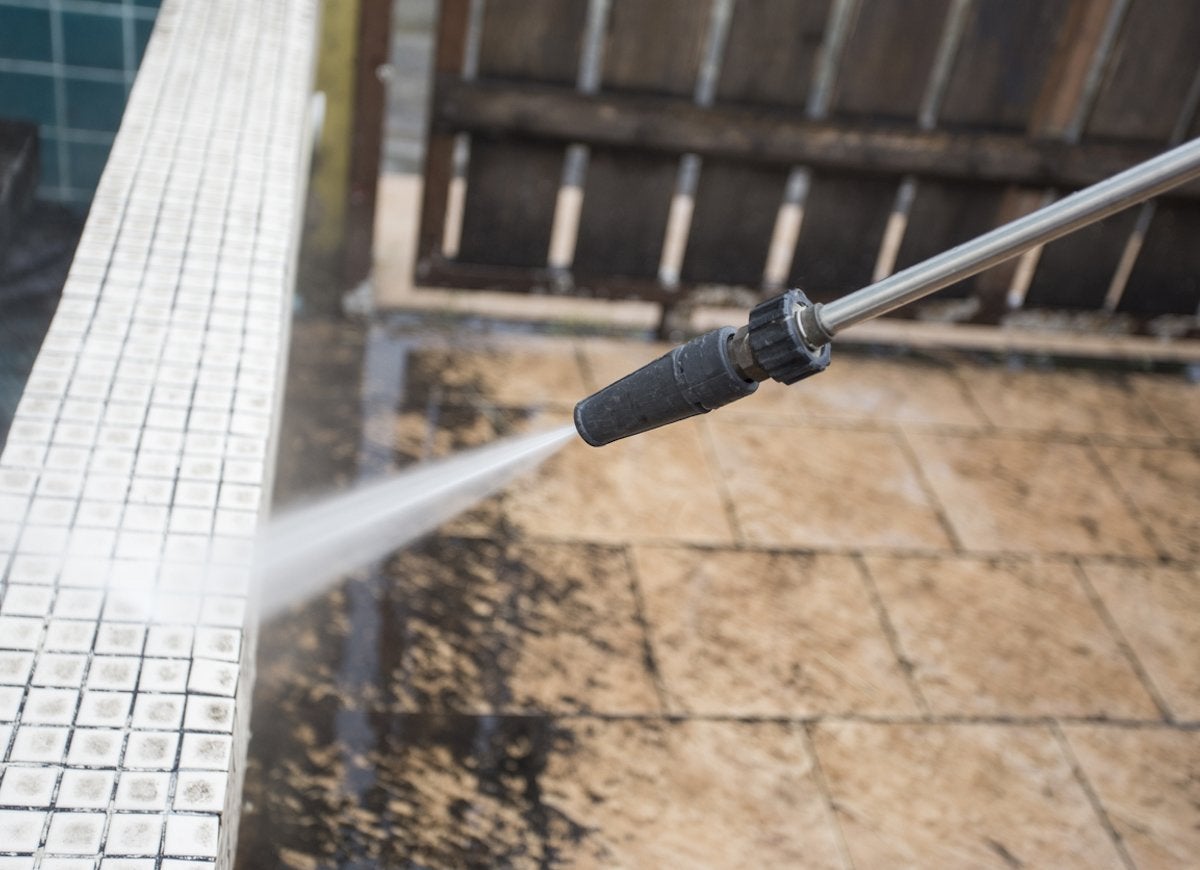
Photo: iStock
If you are washing an entire house, start with the roof. (That said, power-washing asphalt shingles with high-pressure jets of water is a bad idea—be sure to research whether it’s OK to pressure wash your roof type.) After you’ve cleaned the roof, work your way down the exterior, then tackle the porch or patio, and finish up with the windows. If you start with the exterior or porch first, the runoff from cleaning the roof may make them filthy again.
Using Hot Water
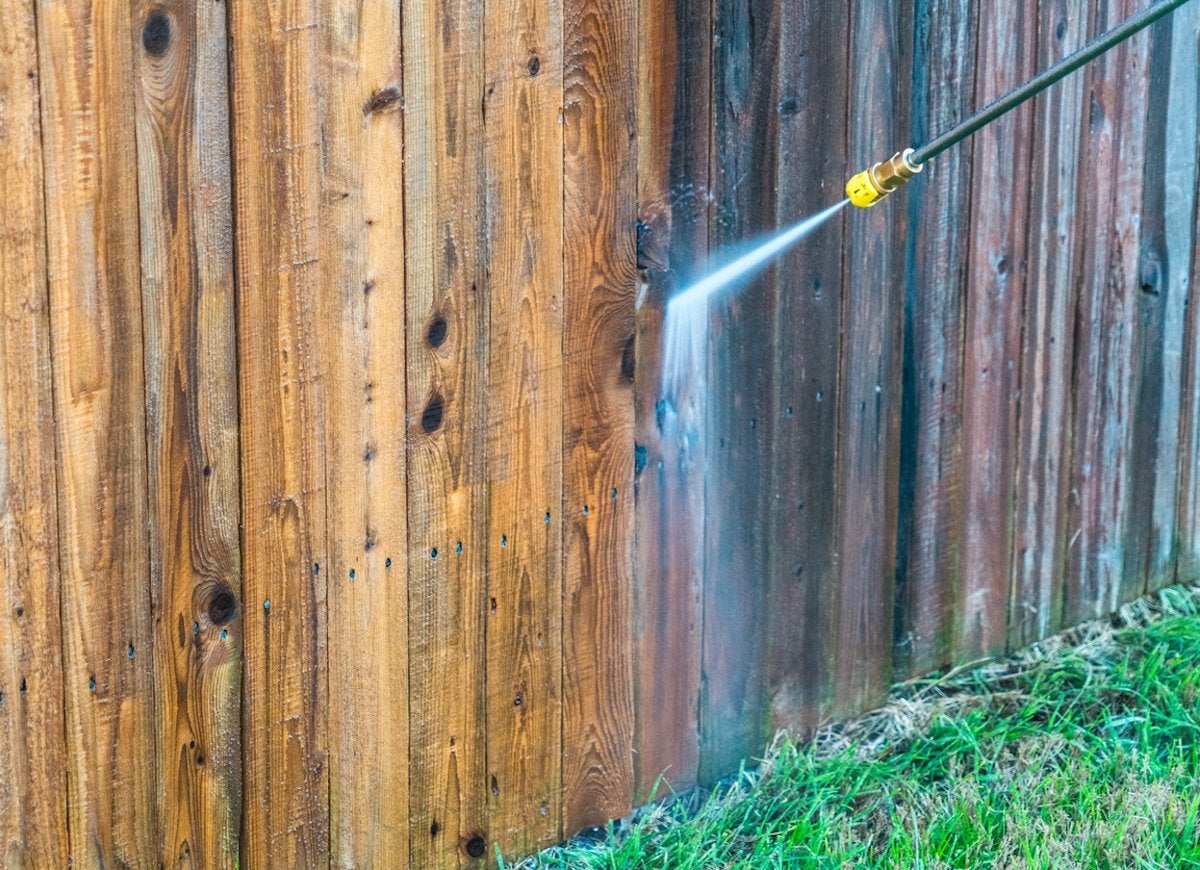
Photo: iStock
Commercial power-washing contractors use hot water in industrial applications because it cleans faster. Residential exteriors are not as durable as commercial exteriors, and you could actually warp your vinyl siding or damage other elements like cedar shakes or shingles if you use hot water while power washing.
Not Being Familiar with Your Equipment
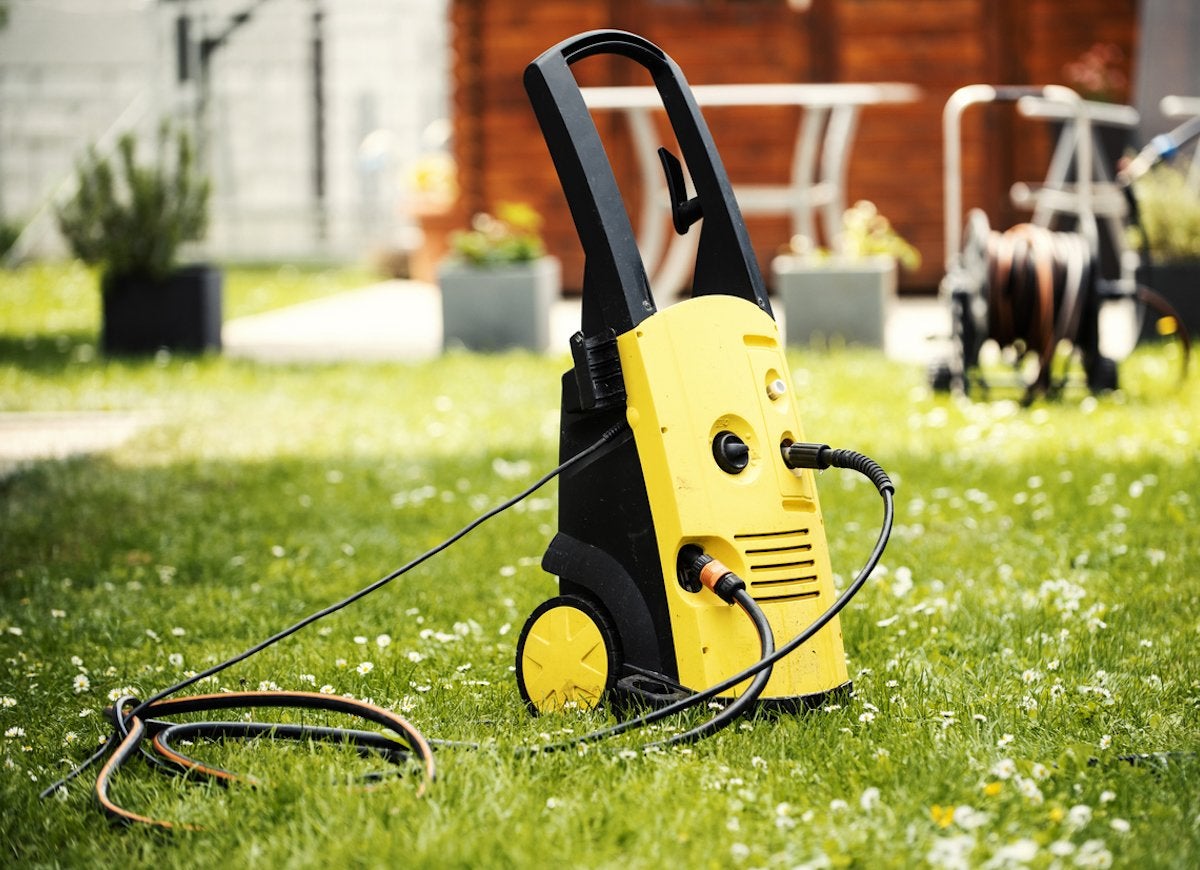
Photo: iStock
If you don’t know how to use the equipment properly, you can do serious damage while power washing. Make sure you get a thorough demonstration of any rental equipment before leaving with it. And if you have purchased a power washer, read through the instruction manual before using it.
Cleaning Windows
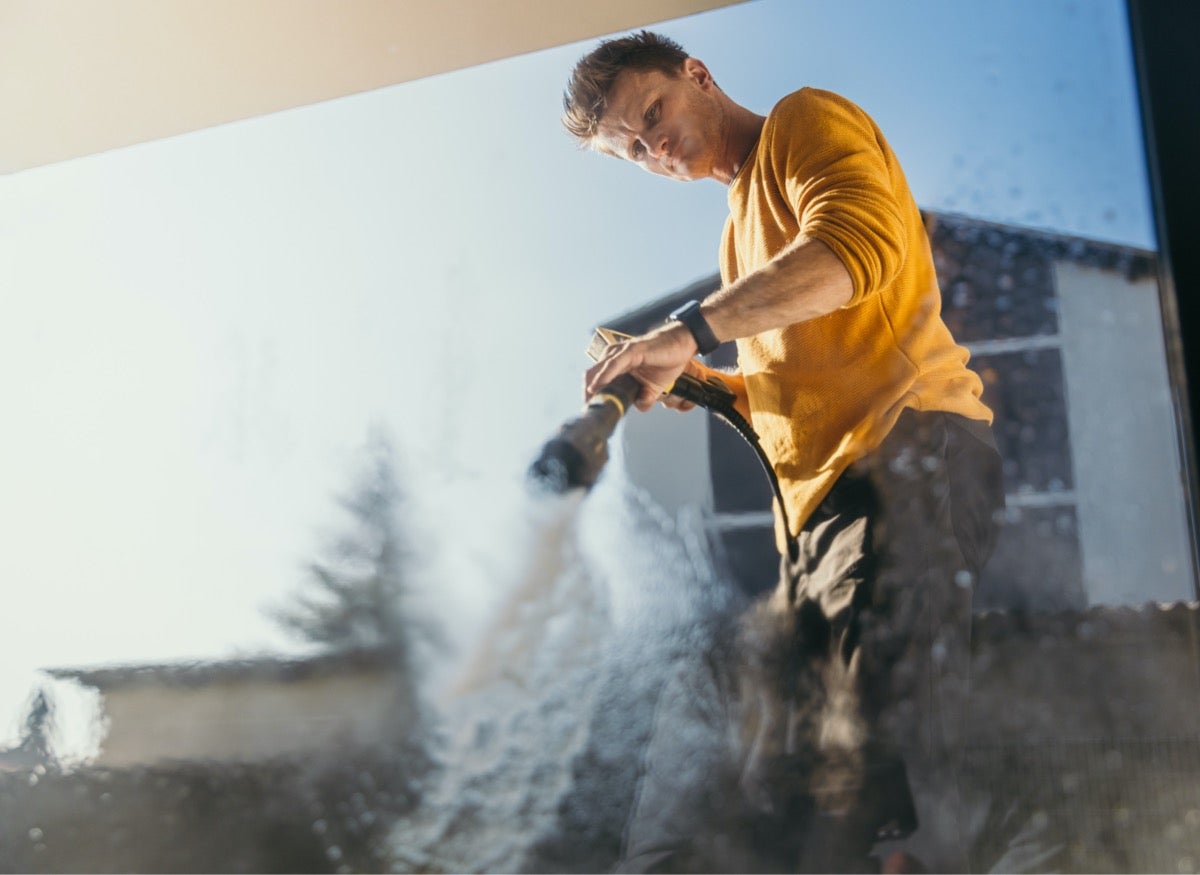
Photo: iStock
While it’s possible to clean windows with a low-pressure washer, it’s usually not a great idea to use a pressure washer on windows. (For those who have just purchased a new pressure washer, believe us, you should not take your new tool for its first spin on glass!) The power of the washer can break the seals around windows, damage window screens, and shatter glass, especially with a narrow tip at a high-pressure setting. Plus, if any water breaks the seal around the window and seeps into the wall, it could lead to mold and rot indoors.
Using the Wrong Nozzle
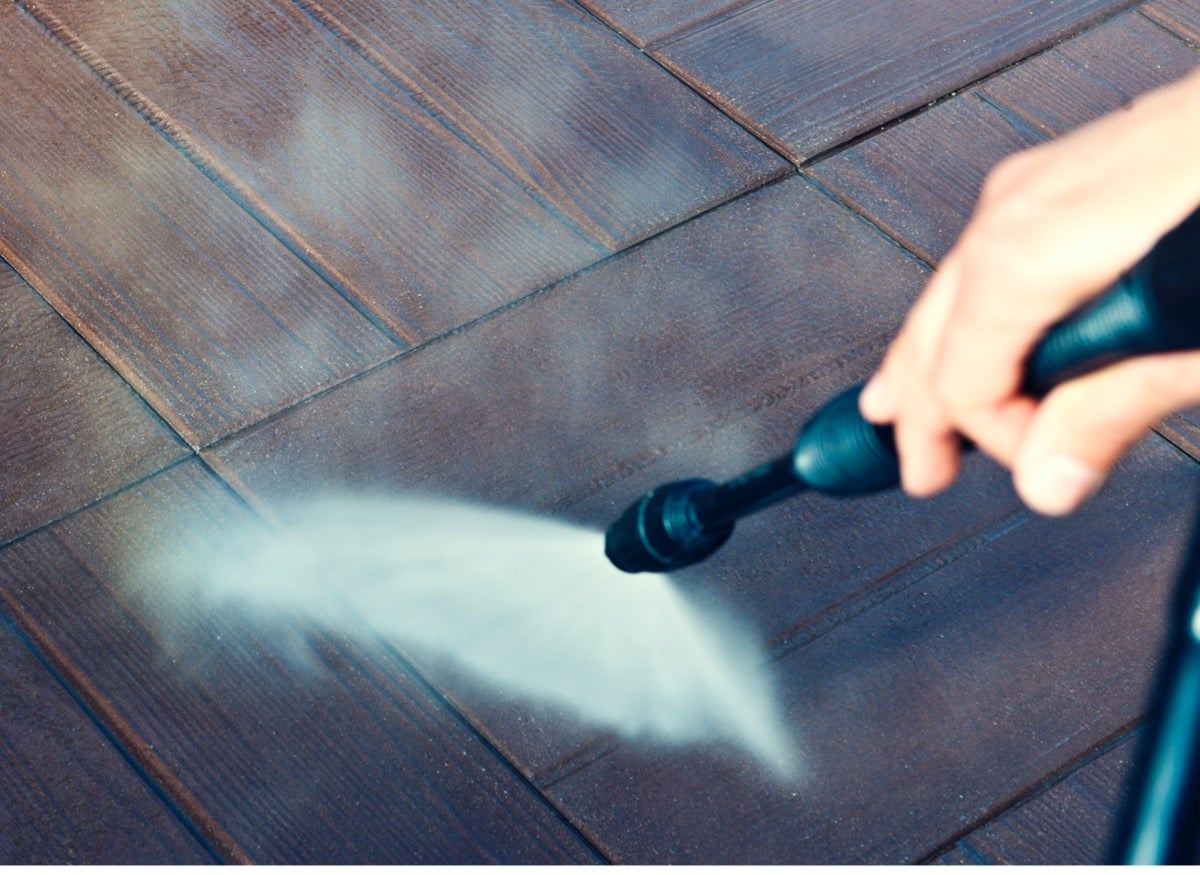
Photo: iStock
Most pressure washers come with a handful of different tips. Some provide a wide fan of water, some combine air into the stream, and others focus the water into a narrow stream. For most DIYers, it’s best to start with a wider nozzle at a low power setting, as there is less focused pressure and a lower likelihood of damaging the surface you’re cleaning.
Storing a Pressure Washer with Water in It
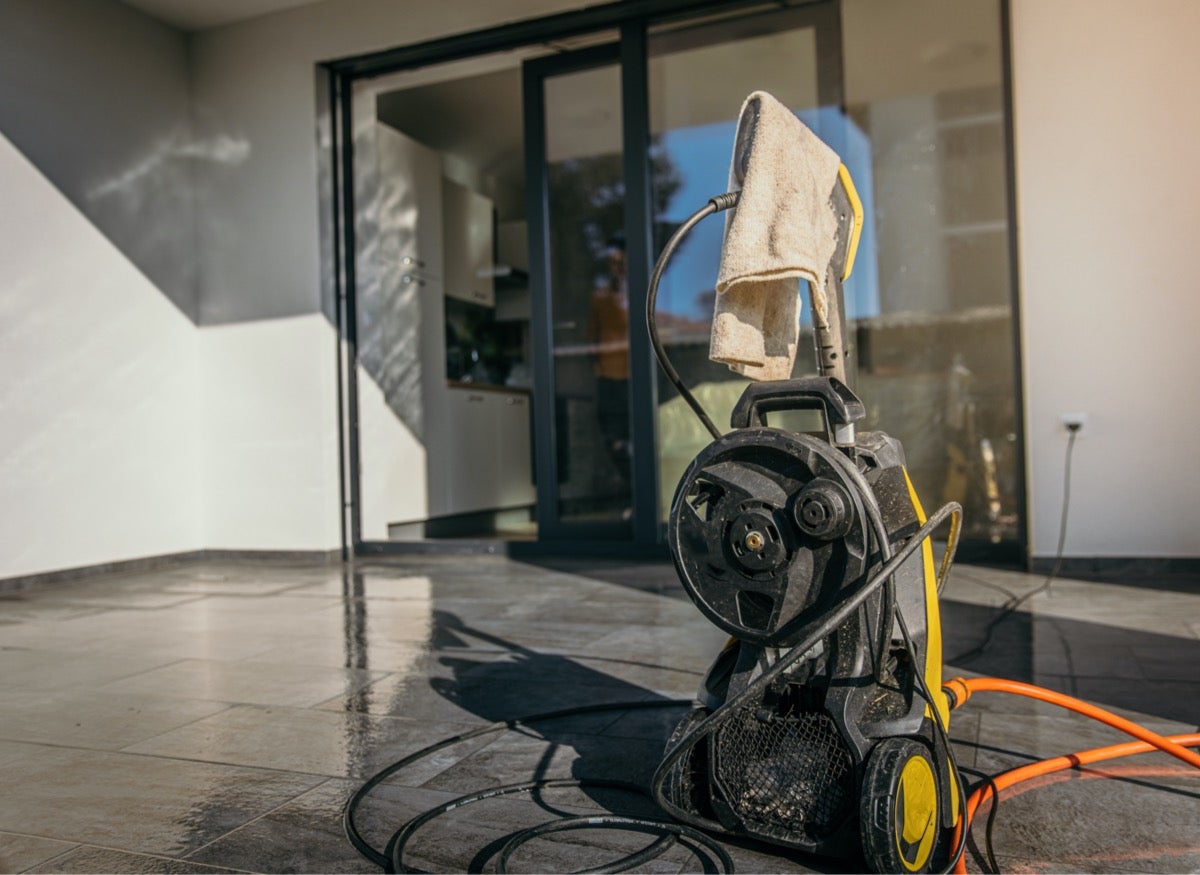
Photo: iStock
Properly storing a pressure washer during colder months of the year can help to extend the tool’s life and keep it running well for the next cleaning job. Always unplug the pressure washer, detach the hose, drain all of the water, drain the detergent tank, and rinse out the nozzles thoroughly. Then, store the pressure washer in a location in which the temperature stays above freezing.

Meet the 2025 Tools of the Year
After months of scouring the market and putting products through their paces, we’ve named the best of the best in new tools. There’s something for everyone, from veteran pros to average Joes.